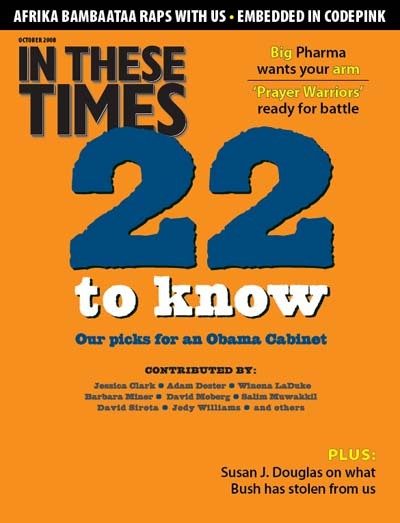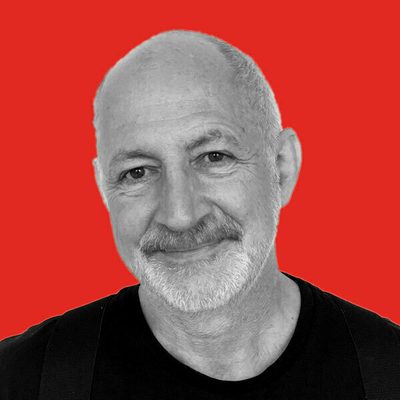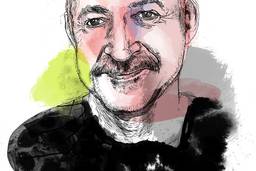This election year, the bandwagon to fix the healthcare system barrels along. On board is a motley crew of self-styled reformers, the agents of change. But not all change is created equal. And nowhere is this truer than with healthcare reform.
We’ve been here before, in 1994, when the Clintons’ attempts to cure a sick healthcare system came a cropper.
In an interview with The Harvard University Gazette, Theda Skocpol – author of Boomerang, a 1996 book that analyzed why those reform efforts were unsuccessful – said, “As usual, everyone failed to anticipate the conservative ideological crusade against health reforms – yet such crusades have happened every time the issue has come up in U.S. politics.”
Let’s look at some of the crusaders – and their progressive allies – who are again filling our airwaves:
America’s Health Insurance Plans, an industry trade group, has established Campaign for an American Solution to promote “choice.” Meanwhile, the National Coalition on Benefits – a conglomeration of more than 50 corporations and trade associations, including the U.S. Chamber of Commerce and Aetna – is looking to ensure that any change benefits them.
Then there are Families USA and entrenched healthcare industries lobbies like American Hospital Association, which have raised Harry and Louise from the dead and back to the kitchen table. “Healthcare should be at the top of the next president’s agenda,” Harry and Louise tell America in the TV ad. “Bring everyone to the table, and make it happen.”
Most prominent is Divided We Fail, a coalition led by the American Association of Retired People (AARP), with the support of SEIU, the National Gay and Lesbian Task Force, the National Farmers Union and Sojourners, among others. Its ubiquitous ads open with a fierce struggle between a red elephant and a blue donkey. Then, in what is meant to be a positive metaphor for bipartisan cooperation, the dust settles and the two animals are fused into a hideous abomination: the purple donkeyphant, a perfect totem beast for the Washington elite.
Divided We Fail promotes a system that provides “healthcare for all” – and continued profits for all coalition members with a vested interest in the current system. Vested interests like AARP, which gets about 60 percent of its revenue from the business of selling supplemental private Medigap policies to worried seniors. Were the healthcare system to really change, that income would be threatened.
It’s little wonder that United We Fail does not mention anything about a single-payer universal healthcare system. According to Physicians for a National Health Program, a single-payer system “would save more than $350 billion per year, enough to provide comprehensive, high-quality coverage for all Americans.”
Yet that option is conspicuously missing.
Whoever is elected president, private insurers are gearing up to make sure that change entails no change – with the help of progressive allies who are now lending their names to lowest common denominator reforms.
Was nothing learned from the 1993-1994 healthcare fiasco?
It is as if our progressive friends, in their haste to earn agents-of-change merit badges, have begun to heed the words of former Vice President Dan Quayle, who said: “My friends, no matter how rough the road may be, we can and we will never, never surrender to what is right.”
Joel Bleifuss, a former director of the Peace Studies Program at the University of Missouri-Columbia, is the editor & publisher of In These Times, where he has worked since October 1986.









